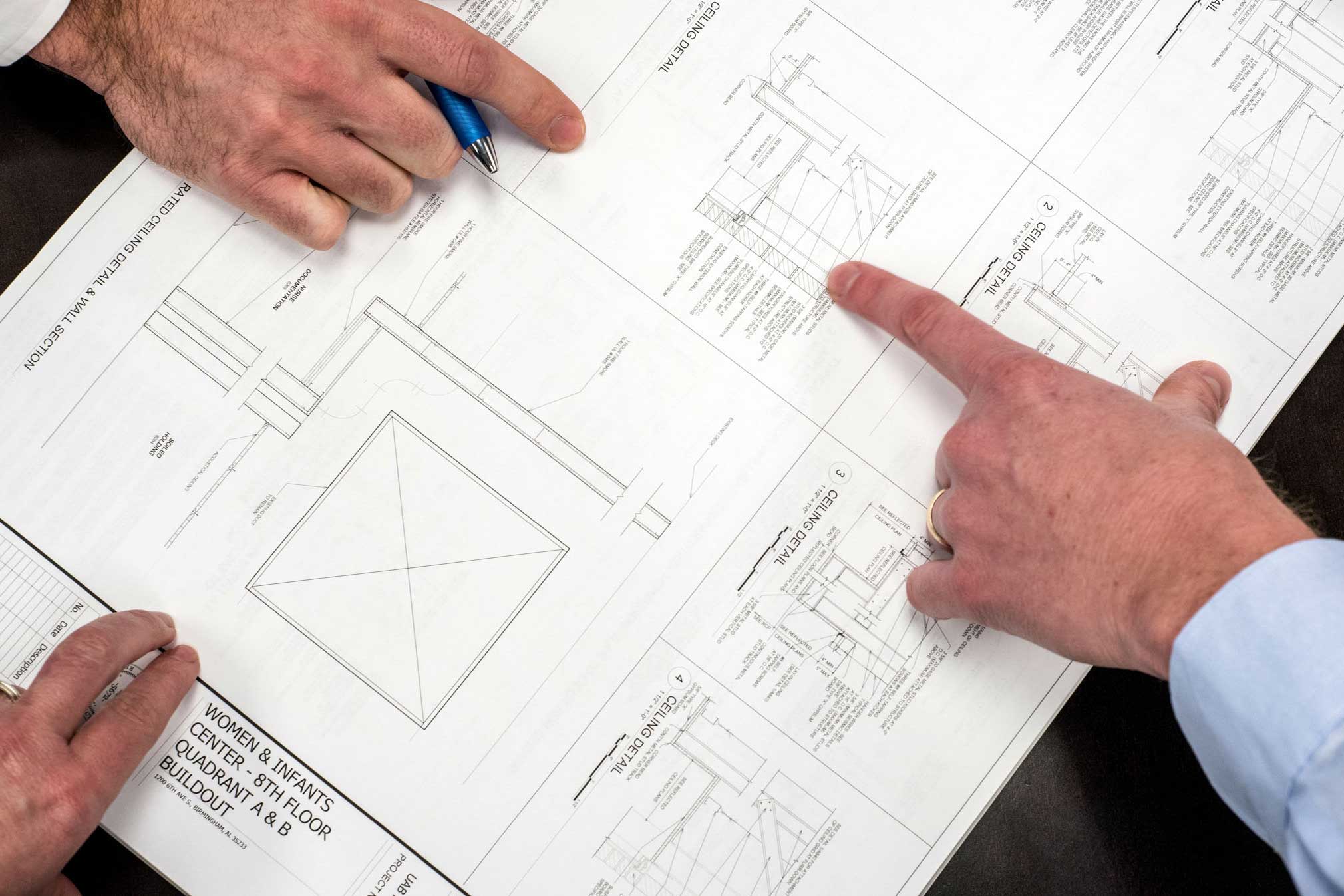
You’ve selected the site, secured funding, and are ready to choose your project team. Now, which project delivery method should you use? We break down two different types of delivery methods and discuss which one will add more value to your project in the long run.
Design-Bid-Build
This is the traditional project delivery method, the way “it’s always been done.” On a Design-Bid-Build project, the design team is chosen before the general contractor. After a design is nearly complete, an owner then selects the contractor by putting the job up for bid and often awarding it to the lowest bidder. In theory, this model means the design team produces final, ready-to-build plans before contractors ever get involved. Once these plans are polished and ready to go, they are handed over to the winning bidder, who then follows the plans to construct the project.
While this traditional method is still used today and may look good on paper, it can lead to significant inefficiencies throughout the entire process. When a contractor comes in after all major design and scheduling decisions are made, the result is the design and construction teams working in “silos. This leads to misunderstandings, poor cost and schedule management, and, in some cases, significant project delays.
Not having a contractor involved in the design phase eliminates the opportunity to get their advice and input on constructability issues at a time when the design the can be affected most. Also, cost and scheduling estimates provided by the design team may not be based on true current market conditions, even as good contractors have hard data about these conditions on-hand. By the time alternative materials or methods are chosen, it may be too late to implement or make changes to realize any meaningful cost savings. Likewise, without the knowledge gained throughout the design phase, construction teams won’t know the project as well and may be blindsided by problems on the jobsite, causing further delays and cost increases.
Bottom Line: A Design-Bid-Build delivery method may get you the lowest bid, but that doesn’t always translate to the lowest cost of a project because of the potential for expensive issues uncovered during construction caused by the lack of preconstruction planning between the design team and general contractor.
Design-Build
The defining characteristic of the Design-Build project delivery method is the early collaboration between design team and general contractor. This method enables owners to select both the design team and construction team at a very early stage of planning, typically before designs reach 25 percent completion. Once teams are selected, they work together to design, review, estimate and schedule the project. By using the design expertise of architects and engineers – alongside the constructability, estimation and scheduling resources of the construction team – project delivery and quality is greatly enhanced.
Although this methodology will shift some of the project’s cost earlier into the design phase, research shows early contractor involvement ultimately leads to reduced costs and condensed schedules over the life of the project. By collaborating early, construction teams are able to voice concerns and suggestions early in the design phase when redesigns involve no physical rework—eliminating the need for expensive rework or schedule delays.
Bottom Line: The Design-Build method will deliver you consistency of your budget and schedule. What good is the lowest bid if the cost of the project increases further into construction? With Design-Build, the contractor and design team can identify and solve costly issues ahead of time — while there is still time to react without cost impact. Nearly half of the new projects in the U.S. today used the Design-Build project delivery method to begin, and current estimates project the use of the delivery method will continue growing at 18 percent annually through 2021. If you want to ensure the overall cost, schedule, and quality control of your next project, consider joining the growing number of developers who use the Design-Build delivery method. To read more about Design-Build, click here or here.

